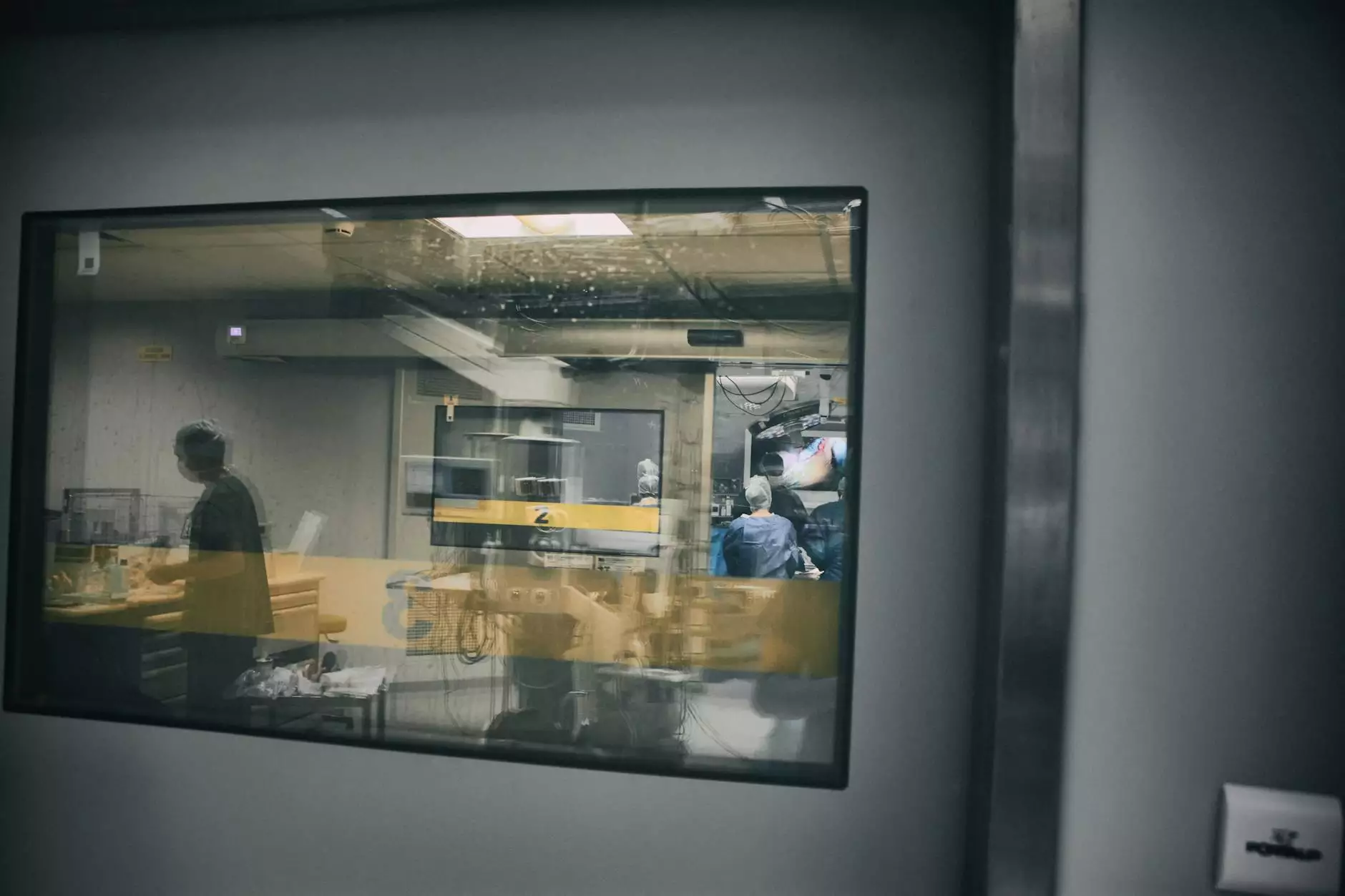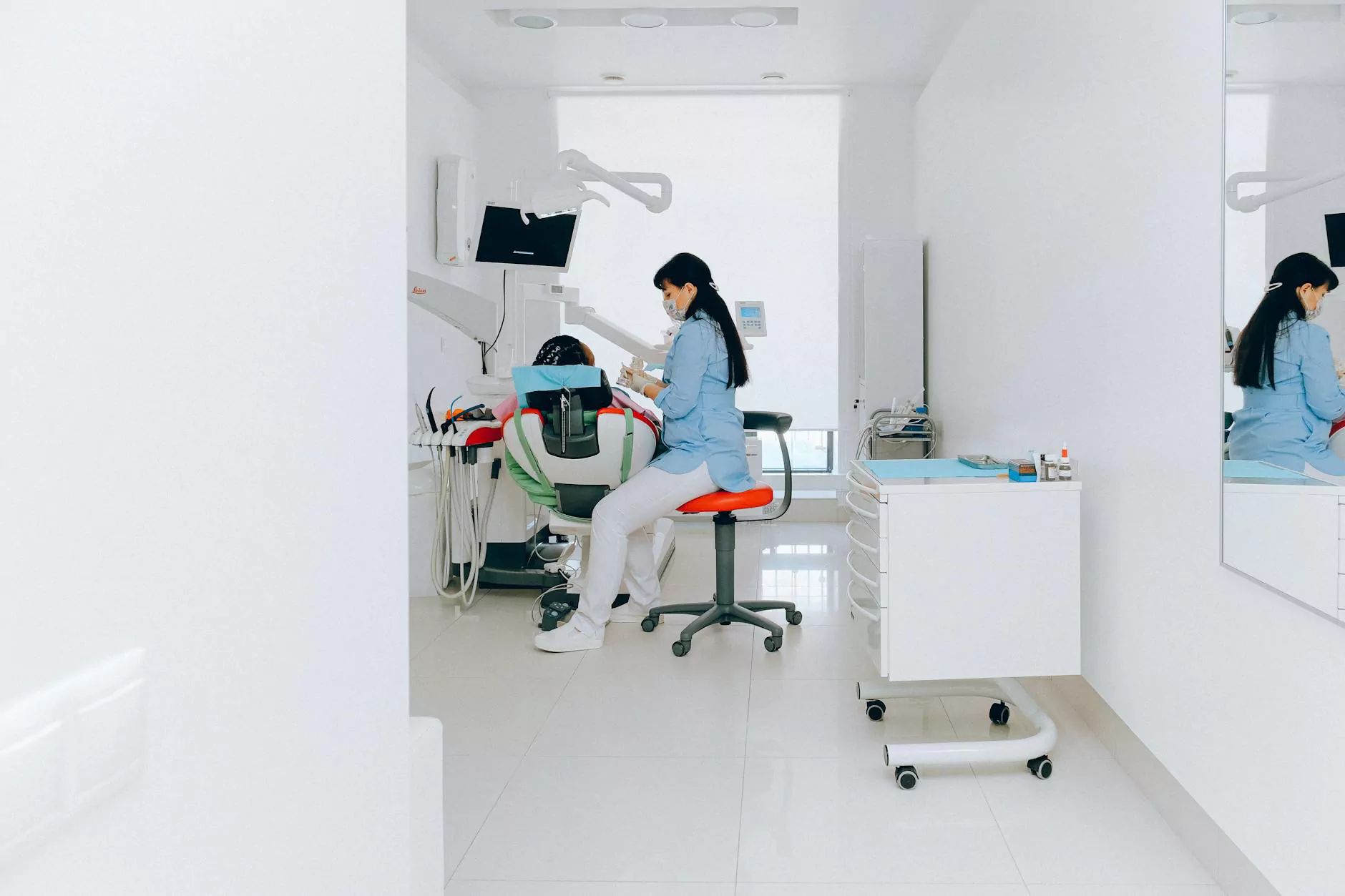CT Scan for Lung Cancer: Understanding Its Role in Early Detection and Treatment

Lung cancer is one of the most common and deadliest forms of cancer globally. Early detection is crucial for improving the survival rate of patients diagnosed with this disease. One of the most effective tools for early detection is the CT scan for lung cancer. This article delves into the significance of CT scans in the early detection of lung cancer, their procedures, benefits, and how they fit into the overall treatment landscape.
What is a CT Scan?
A CT scan, or computed tomography scan, is a medical imaging technique that utilizes X-rays to create detailed images of the body. Unlike traditional X-rays, a CT scan can produce cross-sectional images that offer more information about the structures within the body. This technology is particularly useful in identifying abnormalities in the lungs, making it an essential tool in the fight against lung cancer.
The Importance of CT Scans in Lung Cancer Detection
Early detection of lung cancer dramatically increases the chances of successful treatment. Here are some compelling reasons why CT scans are crucial:
- High Sensitivity: CT scans are highly sensitive in detecting small nodules or tumors that may not be visible on a regular chest X-ray.
- Risk Assessment: They enable healthcare providers to assess the risk of lung cancer in high-risk populations, such as smokers or those with a family history of the disease.
- Guiding Treatment: CT scans assist in staging the cancer, which is vital for determining the most appropriate treatment options.
How Does a CT Scan Work?
The procedure for a CT scan is straightforward and typically lasts about 30 minutes. Here’s a step-by-step breakdown:
- Preparation: Patients may be asked to refrain from eating for a few hours prior to the scan. Additionally, if a contrast dye is used, patients may need to drink a solution that enhances the images.
- Positioning: The patient will lie on a movable table that slides into the CT scanner, which resembles a large doughnut.
- Scanning: As the table moves through the scanner, X-ray beams rotate around the body, capturing images from multiple angles.
- Image Processing: These images are processed by a computer to create detailed cross-sectional views of the lungs.
Throughout the process, it is crucial for the patient to remain as still as possible to ensure high-quality images are captured.
Benefits of CT Scans for Lung Cancer
CT scans offer several advantages in the context of lung cancer detection and management:
- Early Detection: One of the most significant benefits is the ability to detect lung cancer at an early stage when it is more treatable.
- Non-Invasive: CT scans are non-invasive, meaning they do not require any surgical procedures, thus minimizing discomfort and recovery time.
- Comprehensive Insights: They provide detailed images that help in accurately diagnosing the type and size of the tumor.
- Monitoring Progress: CT scans can be used to monitor the size of tumors over time, aiding in assessing treatment effectiveness.
CT Scans in the Context of Lung Cancer Treatment
Understanding the role of CT scans in lung cancer treatment is crucial. They serve not only for detection but also for guiding subsequent treatment plans:
Staging of Lung Cancer
After a lung cancer diagnosis, determining the stage of cancer is vital. CT scans help in identifying:
- Tumor Size: How large the tumor is and whether it has invaded nearby tissues.
- Lymph Node Involvement: Whether the cancer has spread to nearby lymph nodes.
- Metastasis: If there are any distant spread to other parts of the body.
Guiding Treatment Options
Once staging is determined, healthcare providers can recommend appropriate treatment options such as:
- Surgery: If the tumor is localized, surgical removal may be viable.
- Radiation Therapy: For patients who cannot undergo surgery, radiation therapy may be recommended.
- Chemotherapy: Depending on the type and stage of cancer, chemotherapy may be an essential part of treatment.
Follow-Up Scans
Post-treatment, CT scans play a critical role in monitoring the effectiveness of treatments. Regular scans can help in:
- Detecting Recurrences early.
- Assessing the effectiveness of ongoing therapy.
- Making necessary adjustments to treatment plans based on findings.
Risks and Considerations of CT Scans
While CT scans are very effective, it’s essential to consider potential risks:
- Radiation Exposure: CT scans involve exposure to a small amount of radiation. However, the benefits of early cancer detection generally outweigh these risks.
- False Positives: Occasionally, CT scans can identify nodules that are not cancerous, leading to unnecessary anxiety and additional tests.
Consulting with healthcare professionals before undergoing a CT scan is essential to weigh the benefits against the risks.
The Future of CT Scans in Lung Cancer Detection
As technology advances, the future of CT scans in lung cancer detection looks promising:
- Enhanced Imaging Techniques: Innovations such as low-dose CT scans are being developed to reduce radiation exposure while maintaining imaging quality.
- AI Integration: Artificial intelligence is increasingly being integrated into imaging analyses, enhancing the accuracy of tumor detection.
Conclusion
In conclusion, the CT scan for lung cancer is a vital tool in the early detection and management of lung cancer. Its ability to reveal critical information about tumors makes it indispensable in clinical practice. As we advance in medical technology, the future holds even more effective diagnostic capabilities. Patients facing the risk of lung cancer should consider routine screening via CT scans, especially if they belong to high-risk groups, to ensure timely intervention and better outcomes.
Contact Us
For more information on lung cancer detection methods, including CT scans, or to schedule a consultation at Hello Physio, please visit our website hellophysio.sg or contact us directly. Your health is our priority!









